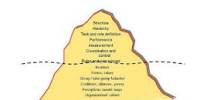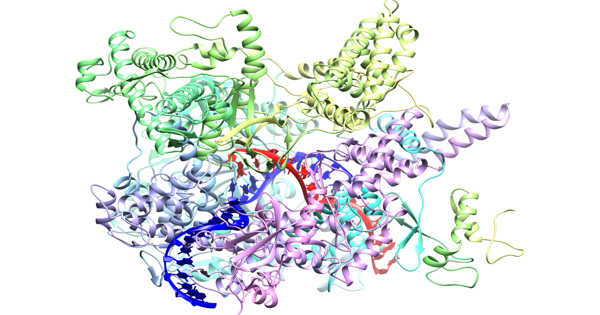Analysis the Porter’s Five Forces Model of Competition
The five forces mentioned above are very significant from point of view of strategy formulation. The potential of these forces differs from industry to industry. These forces jointly determine the profitability of industry because they shape the prices which can be charged, the costs which can be borne, and the investment required to compete in the industry. Before making strategic decisions, the managers should use the five forces framework to determine the competitive structure of industry.
Let’s discuss the five factors of Porter’s model in detail:
Risk of entry by potential competitors: Potential competitors refer to the firms which are not currently competing in the industry but have the potential to do so if given a choice. Entry of new players increases the industry capacity, begins a competition for market share and lowers the current costs. The threat of entry by potential competitors is partially a function of extent of barriers to entry. The various barriers to entry are-
- Economies of scale
- Brand loyalty
- Government Regulation
- Customer Switching Costs
- Absolute Cost Advantage
- Ease in distribution
- Strong Capital base
Rivalry among current competitors: Rivalry refers to the competitive struggle for market share between firms in an industry. Extreme rivalry among established firms poses a strong threat to profitability. The strength of rivalry among established firms within an industry is a function of following factors:
- Extent of exit barriers
- Amount of fixed cost
- Competitive structure of industry
- Presence of global customers
- Absence of switching costs
- Growth Rate of industry
- Demand conditions
Bargaining Power of Buyers: Buyers refer to the customers who finally consume the product or the firms who distribute the industry’s product to the final consumers. Bargaining power of buyers refer to the potential of buyers to bargain down the prices charged by the firms in the industry or to increase the firms cost in the industry by demanding better quality and service of product. Strong buyers can extract profits out of an industry by lowering the prices and increasing the costs. They purchase in large quantities. They have full information about the product and the market. They emphasize upon quality products. They pose credible threat of backward integration. In this way, they are regarded as a threat.
Bargaining Power of Suppliers: Suppliers refer to the firms that provide inputs to the industry. Bargaining power of the suppliers refer to the potential of the suppliers to increase the prices of inputs( labour, raw materials, services, etc) or the costs of industry in other ways. Strong suppliers can extract profits out of an industry by increasing costs of firms in the industry. Suppliers products have a few substitutes. Strong suppliers’ products are unique. They have high switching cost. Their product is an important input to buyer’s product. They pose credible threat of forward integration. Buyers are not significant to strong suppliers. In this way, they are regarded as a threat.
Threat of Substitute products: Substitute products refer to the products having ability of satisfying customers needs effectively. Substitutes pose a ceiling (upper limit) on the potential returns of an industry by putting a setting a limit on the price that firms can charge for their product in an industry. Lesser the number of close substitutes a product has, greater is the opportunity for the firms in industry to raise their product prices and earn greater profits (other things being equal).
The power of Porter’s five forces varies from industry to industry. Whatever be the industry, these five forces influence the profitability as they affect the prices, the costs, and the capital investment essential for survival and competition in industry. This five forces model also help in making strategic decisions as it is used by the managers to determine industry’s competitive structure.
Porter ignored, however, a sixth significant factor- complementaries. This term refers to the reliance that develops between the companies whose products work is in combination with each other. Strong complementors might have a strong positive effect on the industry. Also, the five forces model overlooks the role of innovation as well as the significance of individual firm differences. It presents a stagnant view of competition.
















